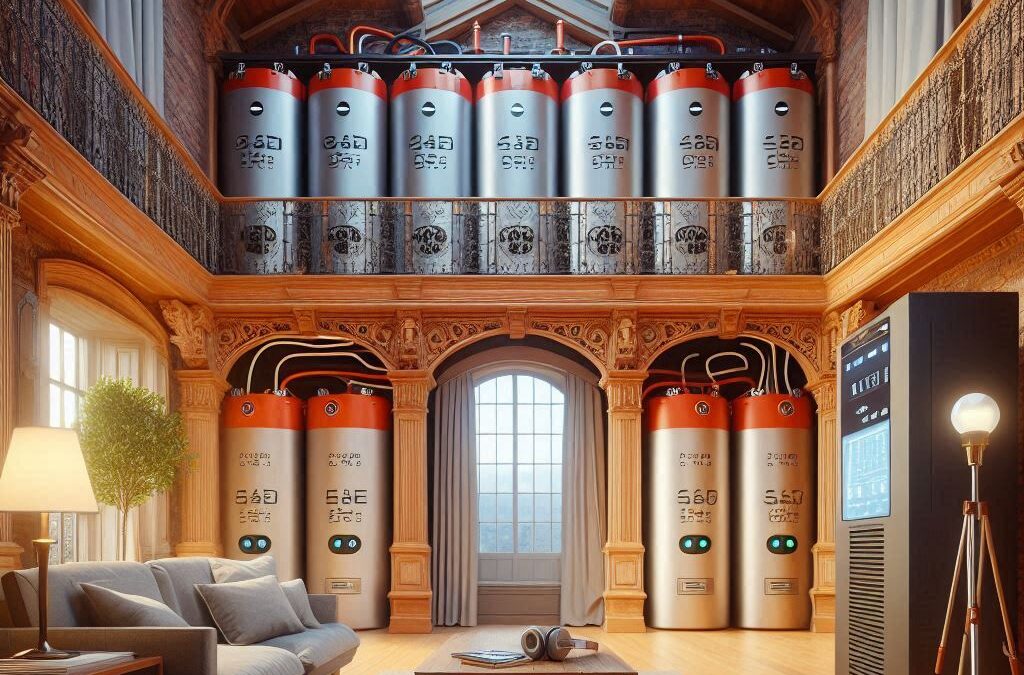Spain’s recent power grid collapse exposed how fragile modern energy systems can become when technology overtakes resilience. The failure began with a single faulty solar inverter triggering voltage oscillations across an already weakened Iberian grid. With too little synchronous generation and overdependence on inverter-based renewables, the system lacked the stability needed to absorb such a fault.
As the grid faltered, automated disconnections of wind and solar plants worsened the situation. Many generators failed to follow grid codes, and delayed intervention from the operator allowed voltage swings to spread uncontrollably. Energy analyst Porter described the event as a stark warning: a low-inertia grid dominated by renewables but lacking proper voltage control is a disaster waiting to happen. Eleven people lost their lives in outages that, she argued, would not have occurred in a conventionally balanced grid.
The blackout highlights a broader dilemma. In our rush to decarbonise, enforcement and resilience have taken a back seat. Without stricter technical oversight and smarter regulation, more nations could face similar crises.
At the same time, the October 2025 outage of Amazon Web Services (AWS) revealed how digital centralisation also magnifies risk. A technical fault in one cloud region stalled countless websites and apps—Snapchat, Amazon.com, Fortnite, Coinbase, and others—leaving millions disconnected for hours. Global commerce, finance, and entertainment all faltered because a single platform failed.
This incident underlines how deeply both our power and digital systems rely on tightly centralised technologies. Many European grid operators now use cloud-based control and monitoring platforms; if those go dark, fault detection and grid balancing can be delayed, increasing the risk of cascading failures. Most European countries still maintain impressively reliable networks—with average annual outages under 20 minutes—but the growing strain from renewables integration and digital dependence is unmistakable.
Whether in electrons or data, resilience requires diversity. As energy and cloud systems continue to converge, their stability—and our daily lives—may depend on how well we prepare for the next time everything flickers off.
Having an independent power supply at home is very useful. It means you won’t be left in the dark during power cuts, keeping essential things like lights, fridge, and heating running. This is especially important if you live in a rural area or somewhere with an unreliable electricity supply.
Other benefits include saving money in the long run by reducing your reliance on the grid, and it can be better for the environment if you use renewable energy like solar power. Plus, it can increase the value of your home as people often look for energy security in a property.
At ECS, half of the restorations we carry out are designed to work off the grid (or only draw power from the grid when battery levels drop below 30%, topping them up during cheaper tariff periods). The systems we create for clients include battery backups and uninterrupted power supplies. Any extra electricity generated is put to good use by heating hot water and powering underfloor heating. This system takes advantage of the property’s slab to store energy, which also helps keep the building dry. This approach not only provides reliable energy but also improves comfort and moisture control in the home.
Modern solar systems and batteries don’t have to cost you an arm, a leg, and nearly the entire contents of your home! These days, they’re so sleek and compact, you won’t have to play dodgems with heaps of wires and bulky boxes cluttering up the place. They tuck away nicely, leaving your space tidy and your toes safe from accidental trips—perfect for keeping your home shipshape without the circus act.

